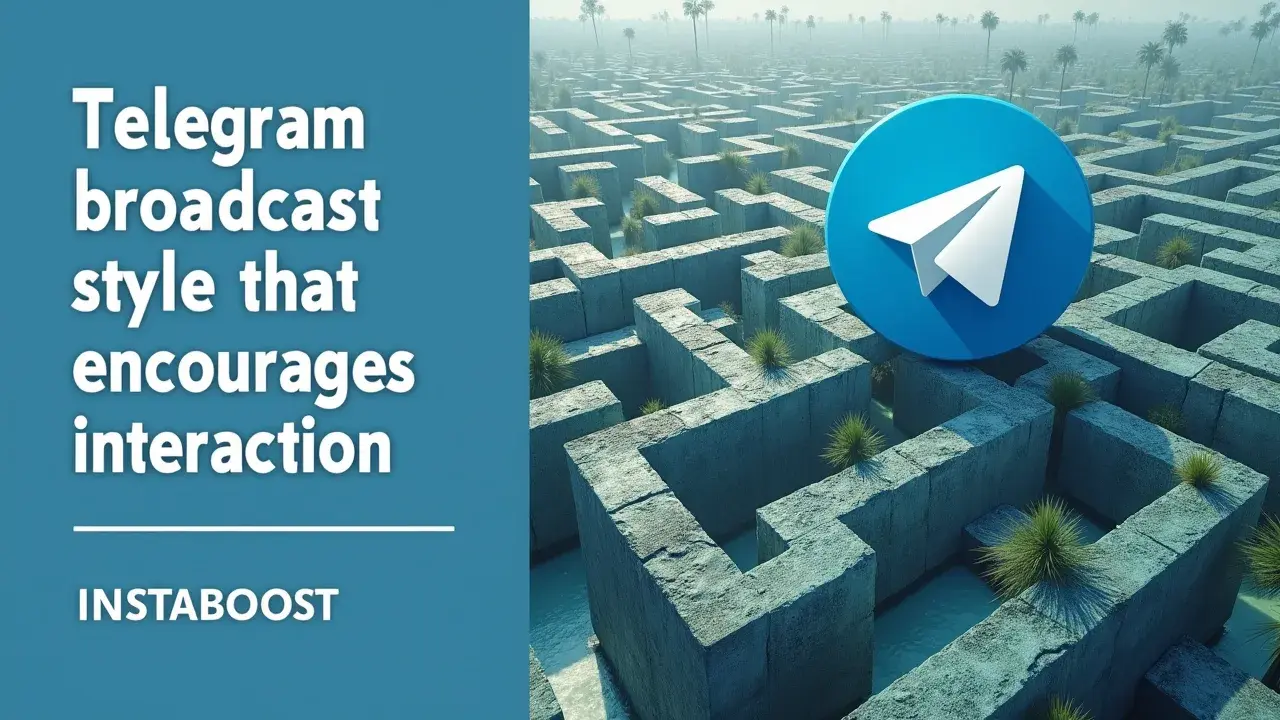Which Telegram Broadcast Styles Encourage Active Interaction?
Designing Telegram broadcasts to invite replies and reactions increases engagement. Concise prompts, open-ended questions, and clear conversation cues help transform passive reading into dialogue within channels. Alternating informative updates with interactive formats, such as polls or brief challenges, can nudge more members to participate while keeping messages focused. Testing message tone and cadence, then iterating on what sparks responses, is a smart path to a vibrant, engaged community.
Beyond the Megaphone: Rethinking Telegram Broadcasts for Real Engagement
A lot of people treat Telegram channels like notice boards: admins post updates, everyone else reads them, and that’s about it. But that’s why so many channels struggle to keep people interested. It’s not usually because the information isn’t useful – more that, over time, being on the receiving end of one-way updates gets tiring.
If there’s no sense of being included, even well-written posts start to feel forgettable. To keep a Telegram channel healthy, it’s worth thinking about how to make it feel like a place where people can actually get involved. People appreciate having space to share a quick thought, answer a question, or see some of the process behind what you’re doing, instead of only getting announcements or promotions.
If there’s no sense of being included, even well-written posts start to feel forgettable. To keep a Telegram channel healthy, it’s worth thinking about how to make it feel like a place where people can actually get involved. People appreciate having space to share a quick thought, answer a question, or see some of the process behind what you’re doing, instead of only getting announcements or promotions.
And it doesn’t have to mean adding flashy features or dropping in a poll for the sake of it. Sometimes just knowing which telegram audience tools are available can help you find a more natural way to open things up. It can be as simple as asking for feedback, sharing a work-in-progress, or mentioning what you’re trying out next.
When updates feel like invitations – whether for ideas, reactions, or even small decisions – people start to respond, and you notice that shift pretty quickly. Read counts don’t always show it, but the difference is there when people start talking, or when they help shape what you do. At INSTABOOST, we’ve seen that the channels that treat subscribers like part of the process end up not only keeping people around, but actually seeing them get invested in what comes next.
When updates feel like invitations – whether for ideas, reactions, or even small decisions – people start to respond, and you notice that shift pretty quickly. Read counts don’t always show it, but the difference is there when people start talking, or when they help shape what you do. At INSTABOOST, we’ve seen that the channels that treat subscribers like part of the process end up not only keeping people around, but actually seeing them get invested in what comes next.

Why Most Channels Flatline: Lessons from Real-World Mess
When I started trying to run a Telegram channel, I kept looking for some trick or hack to get people involved. I spent a lot of time making announcements that looked polished, adding graphics, and timing my posts, thinking that would do the job. Each time, there would be a handful of reactions and then things would go quiet again. At one point, I even considered things like a reliable user boost, but the effect was never quite what I hoped for.
After a while, I stopped focusing on how things looked and started going through old posts to see what actually got people talking. It was mostly the times I’d asked a question, run a poll, or shared an unfinished idea. Those posts got replies, sometimes even direct messages. It was a different kind of energy compared to the slick announcements that didn’t invite any response.
It’s not really about pushing out perfect messages or being especially clever – it’s more about making space for people to join in, to feel like their input matters. Telegram isn’t set up like other social platforms; if you want a channel to feel active, you kind of have to nudge people to share, not just read. Once I stopped worrying about making every post look impressive, and instead paid attention to what got people to actually respond, the conversations started to feel more real. The group wasn’t huge, but it felt like something was starting to happen there, even if it took some time.
It’s not really about pushing out perfect messages or being especially clever – it’s more about making space for people to join in, to feel like their input matters. Telegram isn’t set up like other social platforms; if you want a channel to feel active, you kind of have to nudge people to share, not just read. Once I stopped worrying about making every post look impressive, and instead paid attention to what got people to actually respond, the conversations started to feel more real. The group wasn’t huge, but it felt like something was starting to happen there, even if it took some time.
Turning Broadcasts Into Invitations: Simple Shifts That Spark Response
You don’t have to jump on every new trend out there – what actually makes a difference is slow, steady traction. If your goal is to get people talking in your Telegram broadcast, you might try thinking of each post as the first move in a back-and-forth. It’s easy to fall into the habit of just sending out updates, but it usually works better to invite people in somehow.
That could be as simple as asking what they think, running a quick poll, or putting a question out there that’s tied to whatever you’ve shared – like, “Is this clear?” or “What’s your take on this approach?” Keeping the tone direct and open seems to help; there’s no need to pressure anyone. Usually, a light nudge gets more replies than pushing too hard. Also, when someone does reply or reacts to something, it helps to acknowledge them – maybe by following up in your next post or mentioning their point. It shows you’re actually paying attention and that what people say matters. Changing up your posts now and then – like using a voice message if you usually write text, or adding a picture or short video – can also make things feel less routine.
I’ve also noticed that paying attention to things like telegram story views sometimes reveals patterns in when people are most likely to engage. The idea isn’t to pile on every possible feature, but to help people see that it’s normal to interact, not just read. Over time, these small things tend to add up, and you notice more people moving from silence to saying something. Whatever your channel’s about, engagement usually comes down to whether people feel like they’re part of what’s happening, instead of just on the outside looking in.















